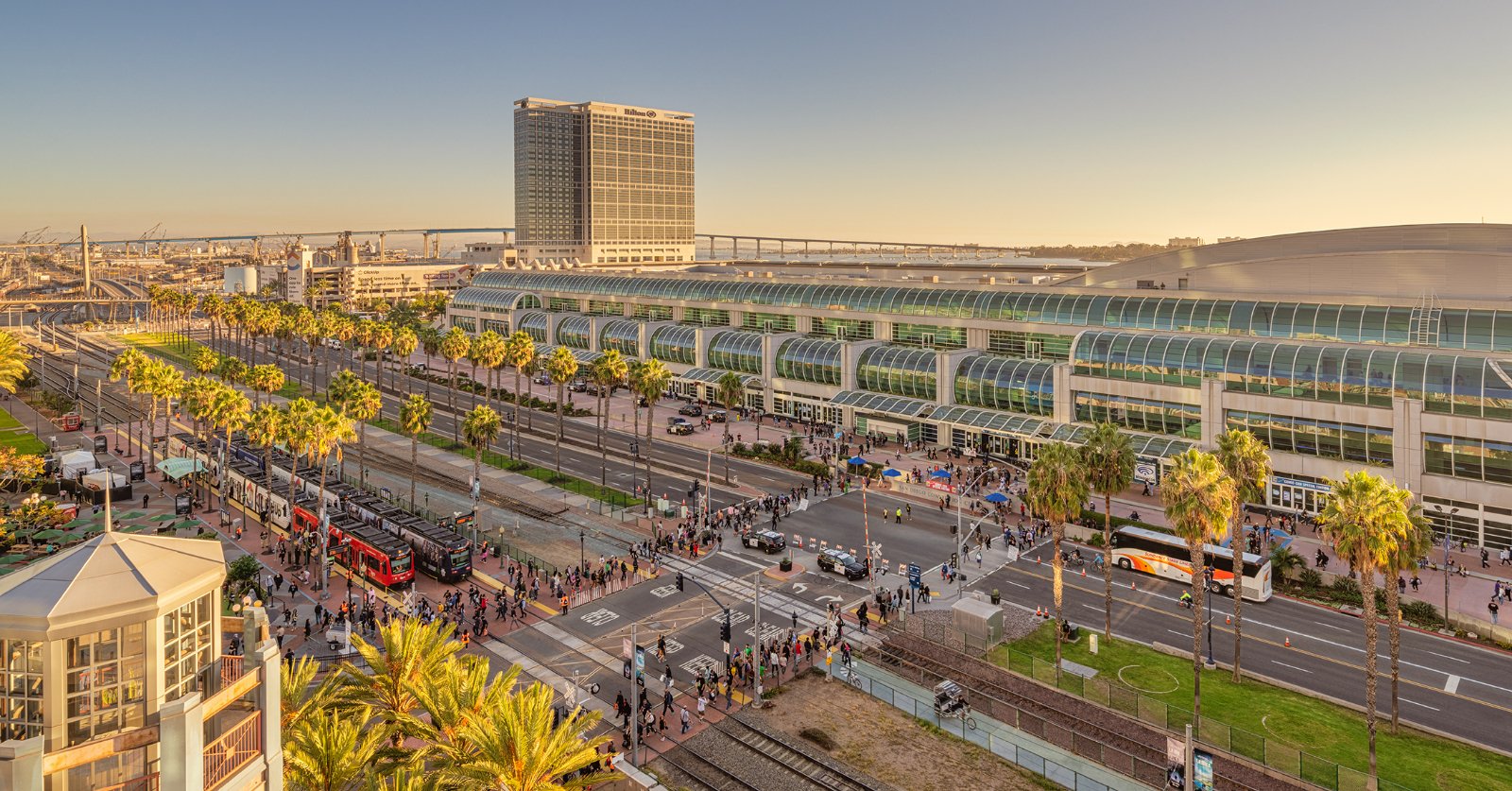San Diego Positioned to Lead the Future of Tourism and Business Travel, Says SDTA CFO
SAN DIEGO, CA — At a recent CFO Lunch & Explore event hosted at the San Diego Tourism Authority (SDTA) headquarters in the Symphony Towers, SDTA Chief Financial Officer Rick Meza offered an in-depth look at how San Diego is navigating current challenges and positioning itself as one of the most resilient and forward-looking destinations in North America.
While known globally for its beaches and ideal weather, San Diego’s tourism success story is built on far more than natural beauty. It is a case study in strategic planning, digital innovation, and regional resilience.
“Tourism in San Diego generates over $22 billion in annual economic impact, supporting one in every eight jobs in the region,” said Meza. “What sets San Diego apart is our ability to invest smartly in destination marketing, even without the massive budgets of cities like Las Vegas or Los Angeles.”

Smart Funding Fuels Strategic Growth
A key driver behind SDTA’s success is the Tourism Marketing District (TMD), a 2% self-assessment on hotels with more than 70 rooms. This funding model enables SDTA to allocate nearly 87% of its $47.1 million FY26 budget directly to advertising and marketing. The majority of spend is directed toward high-performance digital platforms, including Google, Meta, and digital out-of-home media.
These investments are paying off. San Diego now ranks third nationally in hotel occupancy, trailing only New York and Oahu, and boasts a 30:1 return on investment for its tourism marketing efforts.
A Destination for Business, Not Just Leisure
San Diego’s appeal isn’t limited to leisure travelers. The city is increasingly seen as a premier destination for business travel, corporate events, and conventions, thanks to its unique combination of infrastructure, accessibility, and lifestyle offerings.

Through its "America’s Brightest City" campaign, SDTA is highlighting the value of San Diego as a place where business and relaxation intersect. Executives can attend high-level meetings while family members enjoy world-class attractions such as the San Diego Zoo, Balboa Park, or the region’s vibrant culinary and art scenes.
.jpg?width=1006&height=670&name=balboapark005_SK1_8875-edit-2%20(1).jpg)
While the San Diego Convention Center currently ranks 22nd in national exhibit space, ongoing initiatives like Measure C are designed to fund future expansion and address deferred maintenance — ensuring the city remains competitive in the large-scale events space.
Regional Advantage in Uncertain Times
Amid political shifts and international travel slowdowns — particularly from markets like Canada — San Diego’s regional accessibility offers a long-term strategic advantage. With over 50 million people within an 8-hour drive, the city benefits from the growing trend of flexible, local travel.
“This isn’t just a post-pandemic shift,” Meza noted. “It’s a fundamental tailwind that gives San Diego unique resilience in the face of economic uncertainty.”
Investing in a More Inclusive Future
In addition to growth and marketing strategy, SDTA is also committed to inclusive economic development. The organization’s Tourism Accelerator Program supports minority- and women-owned businesses in the hospitality sector, helping them access visibility, training, and opportunity.
About the San Diego Tourism Authority
The San Diego Tourism Authority (SDTA) is the official travel promotion agency for the San Diego region. As a 501(c)(6) nonprofit, SDTA partners with nearly 1,000 local businesses and organizations to advance economic development through tourism, conventions, and strategic partnerships. With a mission rooted in inclusion, innovation, and impact, SDTA plays a key role in shaping San Diego’s status as a world-class destination.
To learn more about SDTA and explore resources for visitors, planners, and partners, visit SanDiego.org.

